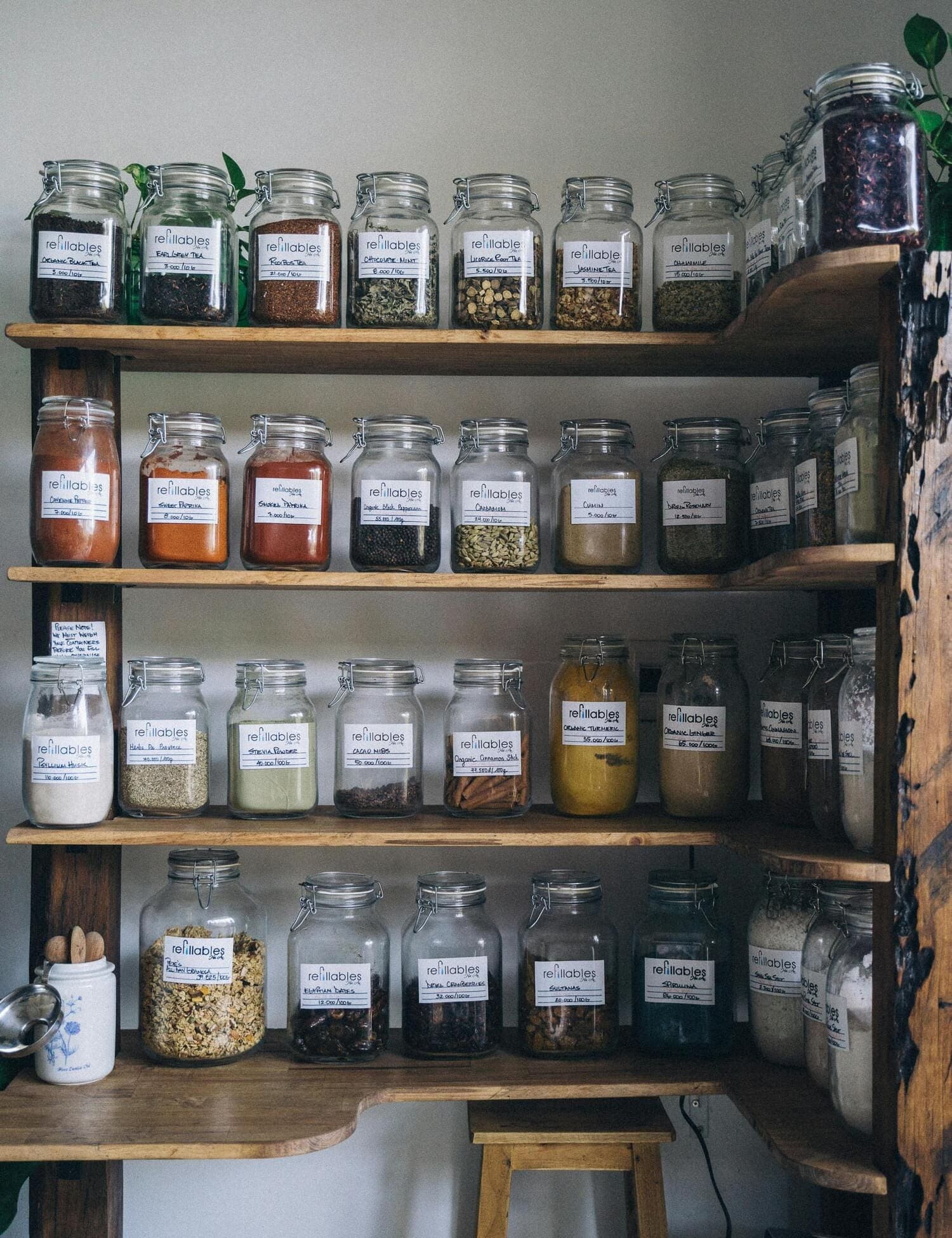Behind an efficient life, there is a well-organized pantry

If we go back just a few decades, the easy thing in food was to think of fresh, familiar foods, cooked in simple ways and almost always simmered. There was some involvement of the person in the process of picking or selecting, cooking, eating and digesting. Therefore, meals were loaded with vitality and a high concentration of essential nutrients cooked with moderate energetic effects, which made them easily recognizable by the digestive system.
Today, however, easy eating has much more to do with not having to spend time thinking too much, or even doing almost nothing at all. There is little focus on the process of buying, cooking, consuming and digesting. In addition to the impact on our lives of both the constant advertising bombardment of processed foods and the increasingly spaced-out trend of shopping and increased preservation with additives.
The rhythms of today’s society have led us to modify our behavior, not only in the way we eat, but also in our own food purchasing. Seventy percent of purchasing decisions are unplanned, made at the point of sale or on the internet*. And the market has increased the offer of precooked dishes, meals packaged for consumption on trays in front of the TV and the offer of home-delivered meals has grown exponentially*.
In this same line in which there is a preference for the acquisition of foods that need little elaboration, there is a tendency to the single course, or in any case, to less structured meals. As a consequence, there is an abundance of devitalized foods, of low nutritional quality, poor absorption and extreme energetic effects that demineralize the organism, acidify the blood and unbalance the mood.
But at the same time, we are becoming convinced that disease is not just a whim of fate or genetics, but generally the result of the life choices we make, fortunately helping to value the quality in the choice of food and increasing the consumption of dietary products, enriched, concentrated nutrients, etc..
Taking care of ourselves starts with organizing the pantry, choosing what we consider our basic foods, looking for the most convenient spaces to keep them, being clear about the weekly budget we have, planning our agenda, the activities we are going to have, and with all this, making a sincere list of needs. Then, to be able to count on the basic resources that allow us to speed up the menus of the week, having the tranquility that we feed ourselves in a balanced and satisfactory way.
These are my recommendations to make a conscious and efficient purchase:
1. Sit down for fifteen minutes one day a week to organize yourself mentally, breathe, slow down, and go through the pantry and refrigerator.
2. Take a notebook and pen and write down, on the one hand, the pantry foods that I am only going to replenish every twenty-thirty days: cereals, legumes, seaweed, nuts, vegetable milks, seeds, spices, cooking condiments. On the other hand, fresh foods to be provided once a week: fruits, vegetables, fish, eggs…
3. Decide on an approximate budget/expense before leaving home and write it down in the notebook.
DRY PANTRY
– At least 2 whole grains in airless glass jars: rice, oatmeal, quinoa, millet, buckwheat or quality pasta
– 1 type of quality whole wheat flour
– 2 types of dried legumes
– 1-2 types of unsalted roasted or raw nuts and dried fruit
– 2 types of seeds: sunflower, pumpkin, sesame, linseed…
– Diversity of spices
– At least 1 type of seaweed: Nori, Wakame, Sweet, Kombu…
– Vegetable (or animal) milks
– Quality oils
– Salty seasonings
– Natural sweeteners
– Preserves to be used in moderation, for example:
– Quality tuna, mackerel or sardines (preferably organic).
– White asparagus
– Cooked vegetables
– Artichokes
– Peas
– Natural organic broths
– Vegetable pâtés (hummus type) or pickles (olivada).
– Pickles without vinegars or sulfites (olives, capers, gherkins).
FRESH
– Diversity of seasonal vegetables (green, orange, red…)
– Local and seasonal fruits
– Fresh aromatic herbs
– Minimal frozen, with the exception of fish.
– In refrigerator:
– Eggs
– Fresh meats
– Yogurts
And finally, the famous “batch cooking” that we hear so much about, when it is nothing more or less than having some basic recipes in the fridge that serve as a wildcard during the week to complete nutritious menus in a short time. For example, dedicate an hour of the weekend to leave some basics ready: a vegetable and bone broth, a cooked brown rice, a hummus, some legumes, some stewed potatoes, natural pickles, jelly or natural jelly of seasonal fruits, oatmeal cookies ….
The main advantage of a well-organized pantry is the economic and time savings in the day to day and thanks to the optimization of ingredients of the basic recipes, the meals of the week are stretched more, and it puts us in the first step towards a conscious and energetic nutrition! 🙂
Do you want your work teams to be more efficient in their work? Let’s start by reviewing their pantries. At Benefit Brokers it is clear to us that everyday decisions are the ones that most affect people’s health.
María Kindelán
*FOOD CONSUMPTION TRENDS STUDY Part 1
Relevant data for decision making in the Food and Beverage Agribusiness. 15/11/2021


Sorry, the comment form is closed at this time.